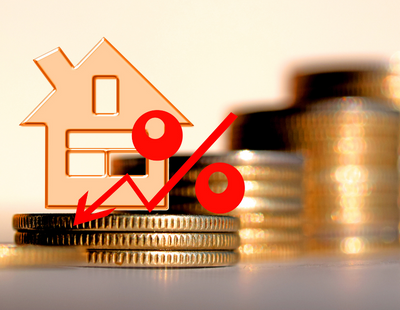Flat owners have seen their service charges rise by 8% over the past year, research suggests.
A new service charge index launched by agency brand Hamptons shows the average annual fee for a flat in England and Wales is currently £1,431, equating to £119 per month.
This figure includes all flats where a service charge is paid every month.
Houses, where a service charge is payable, alongside the small minority of flats where there is no formal service charge, are not included in the figures.
Service charges have increased 51.7% since 2018 when they averaged £943, the last time they stood below £1,000 per year, according to the research.
Hamptons said 37% of this increase came between 2018 and 2019, reflecting the large number of fire safety measures which were put in place in the wake of the Grenfell Tower disaster in June 2017.
Over the past 12 months, however, the average service charge has risen 8%, an increase which is broadly in line with wider inflation. This means leaseholders hand over a total of around £7.6bn in service charges annually.
Today, the average one-bed service charge stands at £1,287 per year, the same charge as a three-bed in 2018. At the halfway mark in 2023, the average two-bed pays £1,426 and the average three-bed £1,876.
Service charges are typically much higher in London than anywhere else in the country, the research found.
At an average of £1,792 per year, this stands 25% above the average for England & Wales.
While this partly reflects the higher cost of living in the capital, the research suggests, it predominantly reflects higher densities and in many cases buildings with more amenities.
In London, 20% pay more than £4,000 annually, compared to 11% across England & Wales, Hamptons said.
The smallest blocks and converted houses tend to offer the lowest service charges. In blocks containing less than five flats, average annual service charges stand at £1,309.
This is attributed to limited communal space or grounds, coupled with residents carrying out a higher proportion of the maintenance themselves, keeping charges low.
Around half of all flats in England & Wales are in blocks of 20 or more. At an average of £2,606 each year, service charges are 99% more than in the smallest blocks.
Higher service charges here typically reflect the more complex nature of larger buildings alongside the additional services being offered in larger blocks, such as a gym, concierge and communal grounds.
David Fell, lead analyst at Hamptons, said: “The past few years have brought some degree of relief for leaseholders with increases in service charges tracking inflation.
“The big hike in service charges came nearly five years ago and was wholly a product of historic fire safety failures in larger blocks.
“The higher bills were put towards expensive short-term fixes such as waking watches, or medium-term structural remedies which sat outside the scope of either the government’s or developer’s funds. But in most cases, these hefty increases should be behind leaseholders now.
“More recently, leaseholder premiums have been bumped up by the increased cost of building materials and insurance. Energy-intensive construction products and anything containing a microchip are however still recording double-digit value increases.
“While recent falls in the cost of some building materials and energy costs should start feeding through into lower charges for residents, it won’t happen overnight. Commercial contracts for communal utilities are exempt from the price cap with many freeholders signing fixed commercial agreements at higher prices, meaning some leaseholders will have to wait to see the benefit of falling prices.”
















.png)


.png)




Join the conversation
Be the first to comment (please use the comment box below)
Please login to comment